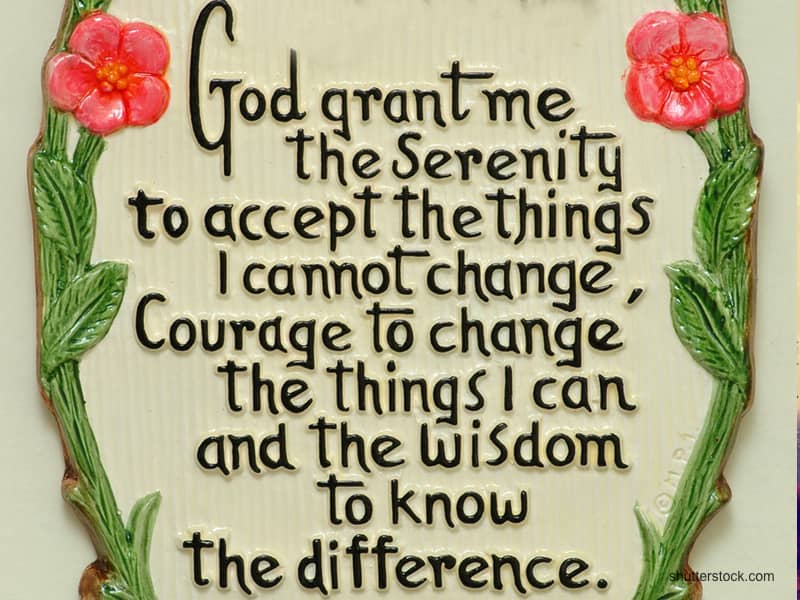How did you start playing the shakuhachi?
When I went to Japan in 1973, I heard a friend playing the instrument. I had always made my living as a professional musician--mostly as a guitarist. But when I heard that instrument, I knew I had to study the shakuhachi.
You talk in the liner notes of your new CD, "Komuso," about the different forms of shakuhachi. What kind do you play?
My favorite style of shakuhachi music is honkyoku, the only melodic music that is used in Zen Buddhism. It truly speaks to the kokoro, a wonderful triumvirate Japanese word that is a combination of heart, mind, and spirit.
Zen always conjures images of sitting meditation. Is that part of the training for the shakuhachi, or is it a meditative discipline unto itself?
During Japan's Edo period (1600-1868), masterless samurai, known as ronin, would become komuso, or "priests of emptiness," wandering, mendicant shakuhachi players. They were members of a sect of Zen called Fuke-Shu. They did zazen, as well as suizen, "blowing-meditation," or playing the shakuhachi, along with other religious practices. Nowadays, suizen is a path unto itself for most players, without the sitting meditation.
Are there any mendicant komuso anymore?
I don't believe so--not full time. Sometimes, young men take a year off and travel around as komuso, accepting alms for playing shakuhachi.
You've worked with Hospital Audiences, an organization that takes musicians to hospital patients as a form of therapy. How do people who've never heard the shakuhachi react?
I have been very lucky. Everyone seems to take to it. It seems to set off a resonant vibration in the human heart. Sometimes when I play for the mentally challenged, I notice they have a sense of openness, of wonder, that allows them to feel the music more quickly and more intensely than some other patients. In Japan, there is a phrase, "to have the 'heart' of a 3-year-old." It refers to the beauty of purity, of innocence, and some patients really seem to have this. That being said, I do not mean to paint a picture of everyone in hospitals and institutions as on a wonderful path. To many, it is a life of much pain and duress.
How is communication between player and listener achieved?
My teacher said to play straight to the heart of one person in the audience. When you are totally unified with your music, you enter a special place. It doesn't happen all of the time. You end up at a place without intent and without remembering how you got there. This is not to say that you think about something else, and then you are kind of abstractly just moving through a piece. Quite the contrary. What I'm saying is that you are so focused, absolutely without distractions, that you enter into a realm of universal creativity, or absolute music. It is a kensho (awakening) experience.
Have you known of people who have been able to recover from illnesses incorporating shakuhachi into their therapies?
Yes, and I talk about it in the 24-page book that goes along with the "Komuso." I used to play a particular piece for a bright, promising young Japanese man, Hidekazu Kamijo, who had lost a lot of his mental and physical capability through a severe stroke. He has, through this and other therapy, recovered his faculties to the point of being able to take the college entrance exams. I also did a CD, called "Sounds of Healing," with an oncologist named Mitchell Gaynor, who uses shakuhachi music to heal serious diseases, like cancer.
Do you have a favorite healing piece?
There is a piece that I particularly like, called "Jinbo Sanya." A monk, Jinbo Masunosuke, made the playing of this piece, which he composed, his life's work, and it is used for safe and easy childbirth, among other things. I have a student named Joe to whom I taught the piece, and he did what he was supposed to do as far as the tradition is concerned. When his wife went into labor, he poured uncooked rice through the shakuhachi and played the piece during her labor. After the birth, the new mother ate the rice. And their daughter, Zoe Adler, was the healthy result of these efforts!
Can you describe an experience of playing shakuhachi for someone who is ill?
During the last year of his life, I played for a dear student of mine named Eric Benson. Even though he knew he was dying of AIDS, through the shakuhachi playing, as well as a type of faith healing that I do (part of a Japanese religion called Tenrikyo), he was able to detach himself from his body and let go at the end.

